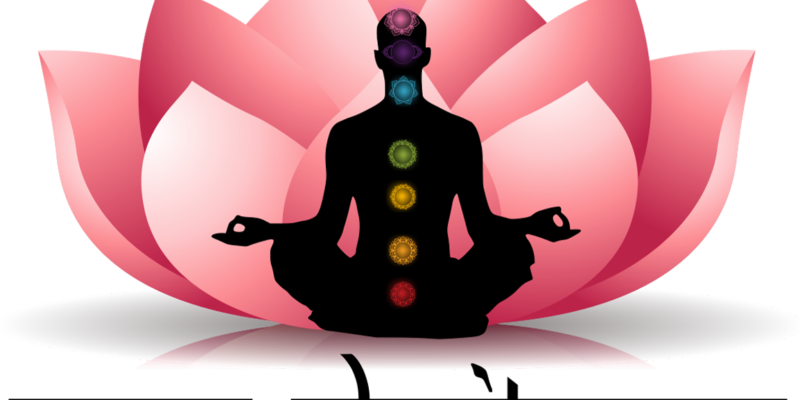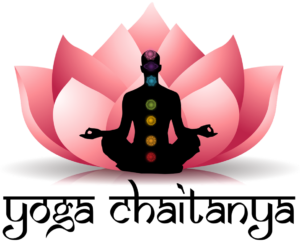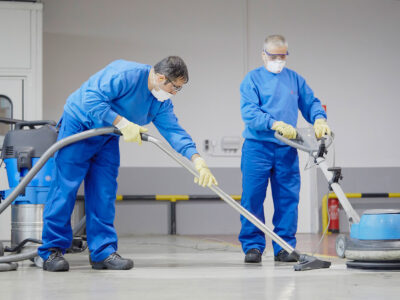
- Yoga is an ancient practice. It has many different styles. Two popular styles are Ashtanga yoga
- and Vinyasa yoga. They have some similarities and some differences.
- Ashtanga yoga and Vinyasa yoga are both physically demanding practices. They involve
- moving through a series of poses. Both styles focus on coordinating breath and movement.
- This blog post will explain the key differences. It will help you understand which style might be
- better for you. After reading, you will know the main features of each style. You can then decide
- if Ashtanga or Vinyasa yoga is the right choice.
- Those who are aspiring to learn or teach Ashtanga yoga must know the basics about this form
- of yoga.
- Ashtanga Yoga
- Ashtanga yoga is a specific style of yoga. A yogi named K. Pattabhi Jois developed it in the 20th

Ashtanga Vinyasa Yin
- century. He based it on ancient yoga scriptures known as yoga karunta.
- Ashtanga yoga has some key features. The poses follow a fixed sequence of postures.Students
- cannot change the order. Breath and movement sync together. This is called vinyasa. Ashtanga
- yoga is very physically demanding and dynamic.
- The practice has a clear structure. There are six series of poses. Each series is more advanced
- than the last. The first is the Primary Series. The others are Intermediate, Advanced A, B, C,
- and D. Students’ progress through the series over time.
- Features of Ashtanga Yoga
- Here are the key features of Ashtanga Yoga elaborated in details:
- 1. Fixed sequence of poses
- The sequence of poses always follow the same order. Students cannot change or rearrange the
- posture sequence. The teacher leads students through the set series of poses. This sequence
- remains consistent in every Ashtanga class.
- 2. Emphasis on breath and movement synchronization (vinyasa)
- In Ashtanga, breathing and movement link together. Students inhale and exhale in sync with
- each pose transition. This breath-movement connection is called vinyasa. Vinyasa creates a
- fluid, dance-like flow.
- 3. Physically demanding and dynamic
- Ashtanga yoga requires strength, stamina, and flexibility. The poses challenge the body. Many
- poses are intense and vigorous. The dynamic vinyasa transitions make the practice fast-paced.
- Students move fluidly from one pose to the next. This demands physical fitness and endurance.
- India is the birth place of yoga and meditation, many people travel to India to learn and the
- spiritual aspect of yoga and meditation. If you want to dive deep into primary series of Ashtanga
- Vinyasa Yoga then you should enroll in one of the best rated Ashtanga yoga teacher training
- India courses.
- The primary series of Ashtanga Vinyasa Yoga is known as yoga chikitsa. It includes different
- seated forward bends, twists, and back-bending posture. The practice of primary series
- removes the toxins from the body through perspiration, which in turn increases the prana flow in
- the body, leading to healing. But there are some challenges with practice of Ashtanga Vinyasa
- postures.
- The Sequence of postures are intense for a beginner or middle age person, who is pursuing
- Ashtanga Vinyasa practice as a Yoga therapy. In that case you should practice Iyenger style
- yoga therapy posture. Iyenger Yoga incorporates the use of different types of props like blocks,
- chairs, belts, bolster to make posture comfortable and less challenging.
- The aim is to hold the posture for long duration to reap its therapeutic benefits. If you want to
- learn and design Yoga therapy for different diseases and ailments by incorporating Iyenger style
- yoga therapy posture, pranayamas, mudras, Ayurveda, laughter yoga, meditation then you
- should enroll in one of the best rated Yoga Therapy training India courses. This course is
- budget friendly with beautiful location in a resort in India (Goa and Dharmshala), doctor’s
- consultation and much more.
- What is Vinyasa Yoga?
- Vinyasa yoga is a style of yoga. It emerged in the late 20th century. Vinyasa yoga got inspiration
- from Ashtanga yoga.
- Like Ashtanga, Vinyasa has some key features. It involves flowing from one pose to the next.
- Breath and movement synchronize together. This is called vinyasa.
- However, Vinyasa does not follow a fixed sequence. Teachers create their own sequences of
- poses. The sequences can change every class.
- In Vinyasa, poses transition smoothly. One pose flow into the next. The pace can vary between
- classes. Some may be gentler while others are more vigorous.
- Features of Vinyasa Yoga
- Here are the key features of Vinyasa yoga written in simple English, with short sentences and
- an active voice:
- 1. Flowing sequence of poses
- In Vinyasa yoga, students move fluidly from one pose to the next. The poses flow together in a
- sequence. There are no pauses or breaks between poses.
- 2. Emphasis on breath and movement synchronization (vinyasa)
- Just like Ashtanga, Vinyasa links breath and movement. Each transition matches with an inhale
- or exhale. This breath-movement connection creates a dance-like flow.
- 3. Flexibility in sequence design
- There is no set sequence in Vinyasa yoga. Teachers design their own sequences. They choose
- which poses to include and the order. This allows for variety.
- 4. Potential for different paces
- Since teachers create their own sequences, the pace can vary. Some Vinyasa classes may be
- slower and gentler. Others could be quite vigorous and fast-paced.
- 5. Use of sun salutations
- Many Vinyasa classes incorporate sun salutation sequences. These series of poses help warm
- up the body. They get students breathing and moving fluidly.
- The variety yet fluid movement defines the Vinyasa style. With no fixed routine, each class can
- feel different.
- Differences Between Ashtanga and Vinyasa Yoga
- Here are the key differences between Ashtanga Yoga and Vinyasa Yoga:
- Sequence Structure
- – Ashtanga Yoga follows a fixed sequence of poses that cannot be changed or rearranged.
- – Vinyasa Yoga does not have a set sequence. Teachers design their own sequences, which
- can vary.
- Intensity and Pace
- – Ashtanga Yoga tends to be more intense, vigorous, and fast-paced due to the fixed sequence
- and vinyasa transitions.
- – Vinyasa Yoga can vary in intensity depending on the teacher’s sequence. Some classes are
- gentler.
- Posture Variation
- – Ashtanga Yoga uses the same postures in the same order every time.
- – Vinyasa Yoga allows for more variation in the postures used within each sequence.
- Teaching Approach
- – Ashtanga Yoga follows a traditional lineage and prescribed method passed down. Ashtanga
- Yoga teachers have been following these ancient practices to their students.
- – Vinyasa Yoga is more diverse, with no single method. Teachers have flexibility in designing
- sequences.
- Overall Structure
- – Ashtanga has a defined series students’ progress through over time.
- – Vinyasa does not have progressive series. Each class is its own experience.
- So, in essence, Ashtanga is more structured, intense and consistent, while Vinyasa offers more
- variety but less regimented progression
- Conclusion
- Ashtanga yoga follows a fixed sequence of poses. Vinyasa yoga lets teachers create their own
- sequences. Ashtanga is very physically demanding. Vinyasa can vary in intensity.
- Ashtanga sticks to the same postures every time. Vinyasa allows for more variety in poses.
- Ashtanga follows a traditional lineage and teaching method. Vinyasa is more diverse in its
- approaches.
- Ultimately, the right style depends on you. Consider your preferences and abilities. If you prefer
- routine and intense workouts, Ashtanga may suit you better. If you like more variation, Vinyasa
- could be a good fit.
- The best way is to try both styles. Attend classes for each one. See which style resonates with
- your personality and goals. Don’t be afraid to sample different teachers too. Finding the right
- yoga practice takes some exploration.
- Give Ashtanga and Vinyasa a chance. Notice how your body and mind respond to each one.
- With patience and an open mind, you’ll discover the ideal yoga journey for you.
What's your reaction?
Excited
0 Happy
0 In Love
0 Not Sure
0 Silly
0








